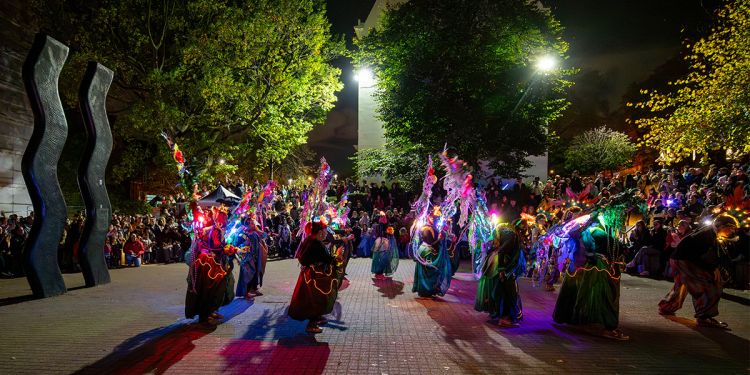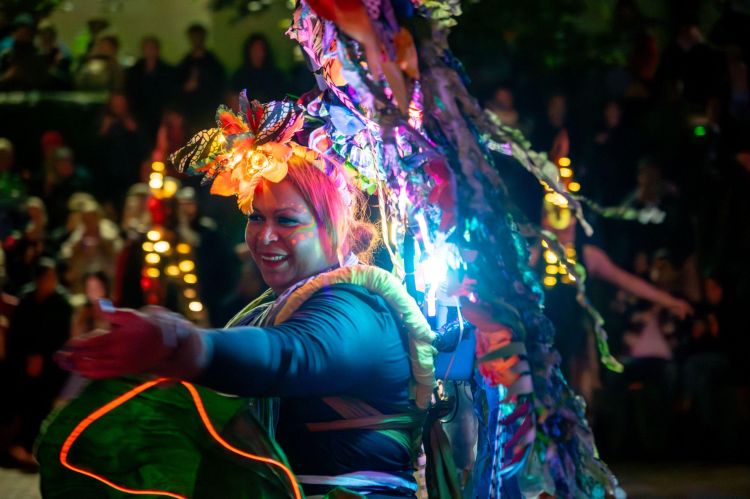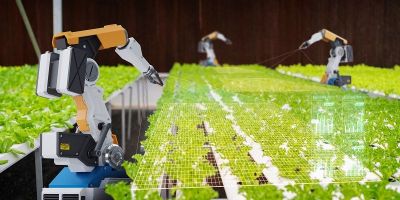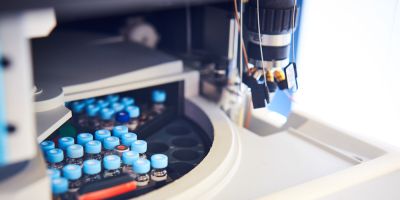Technicians help power the magic of Light Night 2025

A team of skilled technicians helped transform the University of Leeds campus into a spectacle of light, sound, and science for this year’s most ambitious Light Night Leeds contribution yet.
The University Zone at Light Night Leeds, held on 22–23 October, welcomed thousands of visitors to explore sensory installations, performances, and interactive exhibits inspired by cutting-edge research. From glowing butterflies and giant neurones to hopping bunnies, the event showcased the creativity and technical ingenuity of the University community.
A standout feature was the Banyan carnival procession, featuring 15 vibrant costumes inspired by the interconnectedness of nature. The Faculty of Engineering and Physical Sciences technical team, led by Professor Briony Thomas, collaborated with Mango Arts and RJC Dance to engineer the stunning centrepiece costume, Mama Mycelium, and many others.
Briony Thomas, Professor of Applied Creativity in the School of Mechanical Engineering, said: “Our work for Banyan was inspired by the interconnectedness of everything in nature. Beyond the roots of the banyan tree, mycelium, a root-like structure of fungi, forms extensive underground networks connecting trees and plants. That’s where the name for the largest costume, ‘Mama Mycelium’, comes from.”
Using advanced laser cutting and 3D printing technologies, technicians created intricate biodegradable feathers, bespoke lighting units, and robust vacuum-formed headpieces. Their expertise ensured the costumes were not only visually striking but also sustainable and reusable – with materials repurposed from previous years and ultraviolet dyes added for a glowing night-time effect.

Mama Mycelium, the centrepiece costume for the Banyan performance. (Photo credit: Mark Bickerdike Photography)
James Watkins, 3D Printing & Prototype Technician at the University of Leeds, designed and used laser cutting techniques to create the leaves and giant feathers that make up the backdrop of the costumes. He also created 3D printed parts such as the battery packs, LED mounts, and light diffusers. He said, “I am super impressed with how it has all turned out. The whole team and I are proud of how it has all come together, and it was great to see how the dancers brought them to life!”
Hardy Whiteley-Boocock, Senior Electronics Technician, designed, programmed, and fitted the electronics and power delivery systems for the costumes. He said: “It has been a wonderful challenge, and an excellent experience of engineering and collaboration outside of my usual field and environment.
“I have very much enjoyed working with people, materials, and cultures that I ordinarily wouldn’t usually collaborate and design with. Everyone involved has been wonderful, friendly, and excellent to work alongside, bringing a wealth of knowledge, different viewpoints, and excellent suggestions and advice that I believe will permanently alter my own perception and approach to my work in the future.”
Graham Brown, Integrated Services Manager at the University of Leeds, said: “The real stars of this project have been the incredible robotics technicians on the ground, specifically James and Hardy. Their skill, dedication, and innovation have driven the success we’re seeing. My role has simply been to create the space and support for them to shine, and shine they have. Watching their achievements unfold has been nothing short of inspiring.”
The project was part-funded by UK RAS STEPS, which supports outreach activities celebrating research, creativity, and the vital role of technicians. Their behind-the-scenes work was instrumental in transforming ideas into reality and ensuring the event’s success.
Further information
- Lead image credit: Mark Bickerdike Photography.
- For media enquiries, please contact Faculty Communications Manager Matt Gardner at M.D.Gardner@leeds.ac.uk.




